Is an IUL Really the Best and Safest Tax Free Retirement Builder?
Is an IUL Really the Best and Safest Tax Free Retirement Builder?

Introduction
Ever heard the phrase “don’t put all your eggs in one basket?” Well, when it comes to planning for retirement, that wisdom rings loud and clear. Navigating the alphabet soup of retirement vehicles—401(k), IRA, Roth, SEP—can make your head spin faster than a Texas twister. But lately, a different three-letter acronym has been quietly stealing the spotlight: IUL. And if you’ve ever wondered, “Is an IUL policy really the best and safest tax free retirement builder?”—buckle up, because you’re about to find out.
Indexed Universal Life insurance, or IUL for short, isn’t your run-of-the-mill life insurance. It’s not just about protecting your family if the unexpected happens. Nope, IULs are the Swiss Army knives of retirement planning—offering a cocktail of tax advantages, growth potential, and flexibility that’s tough to beat. Whether you’re a cautious planner or a bold dreamer, there’s a whole lot to love about how IULs can build you a tax-free nest egg.
Ready to peek behind the curtain? Let’s dive into the nuts, bolts, and magic of IULs and answer the burning question: Is an IUL really the best and safest tax free retirement builder?
The IUL Advantage: Why All the Buzz?
Let’s not beat around the bush. The main reason folks are flocking to IULs is simple: tax-free money. But there’s more to the story. Here’s what makes IULs stand head and shoulders above traditional retirement accounts:
1. Tax-Free Growth and Withdrawals
- Tax-Deferred Growth: The money you pump into an IUL grows tax-deferred. Uncle Sam doesn’t take a cut as your cash value increases.
- Tax-Free Access: Want to use that cash in retirement? Borrow against your policy or withdraw up to your basis, and you won’t owe a dime in taxes, as long as you keep the policy alive. Compare that to the tax bomb that can hit your 401(k) or IRA withdrawals.
2. Downside Protection
- Zero is Your Hero: When markets tank, your IUL’s cash value won’t. While you don’t get all the market upside, you’ll never lose principal due to market drops. Talk about sleeping easy.
3. Upside Potential
- Market-Linked Growth: Your money can grow based on a stock index (like the S&P 500), with caps and floors. So you get a slice of the upside, without risking it all.
4. Flexibility, Flexibility, Flexibility
- Adjustable Premiums: Got a tight month? Lower your payments. Flush with cash? Pump in more. Try doing that with a traditional IRA.
- No Required Minimum Distributions (RMDs): You decide when and how much to access your money—not the IRS.
5. Living Benefits
- Not Just for When You’re Gone: Many IULs offer riders for critical illness, chronic illness, and long-term care. So you can tap into your policy if you get sick, not just when you pass away.
6. Legacy Planning
- Tax-Free Death Benefit: Leave your loved ones a tax-free windfall, not a tax headache.
Is an IUL Policy Really the Best and Safest Tax Free Retirement Builder? The Core Reasons
Let’s pull back the curtain a bit further. Is an IUL really the best and safest tax free retirement builder? Here are the core pillars:
1. Tax Advantages: Beat the IRS at Their Own Game
- Tax-free loans: Take out loans against your cash value, and as long as the policy stays in force, you don’t pay taxes.
- No contribution limits: While 401(k)s and IRAs cap how much you can stash away, IULs let you sock away more (within IRS guidelines to avoid MEC status).
- No income restrictions: High earners can play, too. No phase-outs or exclusions like with Roth IRAs.
2. Protection Against Market Risk—But Still Growing
When the market nosedives, most folks’ retirement accounts take a beating. With an IUL, zero really is your hero—you won’t lose a penny due to market losses. Your gains are credited based on market performance (with a cap), but if the index drops, you simply get zero interest for that year, not negative. That’s a game-changer for risk-averse savers.
3. Unmatched Flexibility
Life throws curveballs—health issues, job changes, surprise expenses. IULs are designed to adapt:
- Flexible premium payments
- Ability to increase or decrease death benefits (within limits)
- Access to cash value at any time, for any reason
4. Living Benefits: Money When You Need It Most
With add-on riders, IULs can become your own personal safety net—helping cover long-term care costs, chronic illness, or even critical illnesses like cancer or heart attacks.
5. Tax-Free Legacy
When you pass away, your beneficiaries receive the death benefit income tax-free. That’s a legacy without the IRS taking a bite.
How Does an IUL Actually Work?
Picture this: Every time you pay a premium, a portion goes to cover the cost of insurance, and the rest gets tucked away into a cash value account. That cash value doesn’t just sit idle—it grows based on the performance of a market index, like the S&P 500.
But—and here’s the kicker—your cash value is never actually invested in the market. Instead, the insurance company credits interest based on how the chosen index performs. If the market soars, you get credited up to a cap (say, 9-12%). If the market crashes, your floor (often 0%) means you don’t lose any of your cash value due to market downturns.
Want to take money out? You can withdraw up to your basis (the money you’ve put in), or take a policy loan against the accumulated cash. As long as the policy stays in force, no taxes are due on loans. When you pass, your beneficiaries get the death benefit, minus any outstanding loans.
Who Should Consider an IUL?
- High-income earners who are maxing out other retirement accounts and want to stash more tax-advantaged money.
- Anyone worried about outliving their retirement savings and wanting guaranteed, tax-free income.
- Entrepreneurs and business owners looking for flexibility and living benefits.
- Families with a desire to leave a tax-free legacy to loved ones.
Why is an IUL the Best and Safest Tax Free Retirement Builder? – Real-World Scenarios
Let’s bring this home with a couple of examples.
Scenario 1: The High-Earner’s Dilemma
Meet Rachel, age 45. She’s maxed out her 401(k) and Roth IRA, but she knows taxes might be higher down the road. She sets up a $25,000/year IUL. Over 20 years, her cash value grows tax-free. At 65, she takes $40,000/year in tax-free policy loans for retirement income. Meanwhile, if she needs long-term care, her IUL’s rider kicks in, helping pay for expenses.
Scenario 2: The Business Owner’s Backup Plan
Carlos, age 52, owns a plumbing business. He wants tax-free growth, but also worries about getting sick. His IUL offers not only a death benefit for his wife, but also living benefits for critical illness. Ten years in, he gets diagnosed with cancer. His IUL’s living benefit rider pays out a lump sum, helping him focus on recovery—not bills.
Potential Downsides: What’s the Catch?
No financial vehicle is perfect, and IULs are no exception. Here’s what to watch for:
- Complexity: IULs can be tricky to understand. There are moving parts—caps, floors, cost of insurance, and more. Not every policy is created equal.
- Costs: Fees and insurance charges can eat into returns, especially if you underfund the policy.
- Discipline required: To maximize benefits, you need to fund the policy regularly and avoid lapsing.
- Loans must be managed: If you borrow too much and the policy lapses, you’ll face a nasty tax bill.
That said, with the right guidance and proper structure, these downsides can be managed.
FAQs: Is an IUL Really the Best and Safest Tax Free Retirement Builder?
Q: Can I really access my cash value tax-free?
A: Yes! As long as you use policy loans (and keep your policy in force), you can access your cash value without paying taxes.
Q: How does an IUL compare to a Roth IRA?
A: Both can provide tax-free income in retirement, but IULs have no income limits, no RMDs, and also include a death benefit with living benefits options.
Q: What happens if the stock market crashes?
A: With an IUL, your cash value won’t decrease due to market losses. You may not get credited interest during down years, but you won’t lose principal.
Q: Are there limits to how much I can contribute?
A: There are guidelines to keep your policy from becoming a “Modified Endowment Contract” (MEC), but they’re generally much higher than IRA/401(k) limits.
Q: Do I have to pay back policy loans?
A: Technically, no—but unpaid loans and interest reduce the death benefit. If the policy lapses with loans outstanding, you could face taxes.
Q: Is an IUL right for everyone?
A: Not necessarily. IULs work best for those with a long-term horizon who can fund the policy consistently and want both protection and growth.
Conclusion
So, Is an IUL really the best and safest tax free retirement builder? In a world full of financial uncertainty, IULs offer a rare blend of growth, protection, flexibility, and—best of all—tax-free income. They’re not a one-size-fits-all solution, but for those who want more control, less tax, and a safety net that covers both the living and the legacy, Indexed Universal Life insurance could be the secret sauce to a worry-free retirement.
Ready to build a future that Uncle Sam can’t touch? It might just be time to give IULs a closer look.






